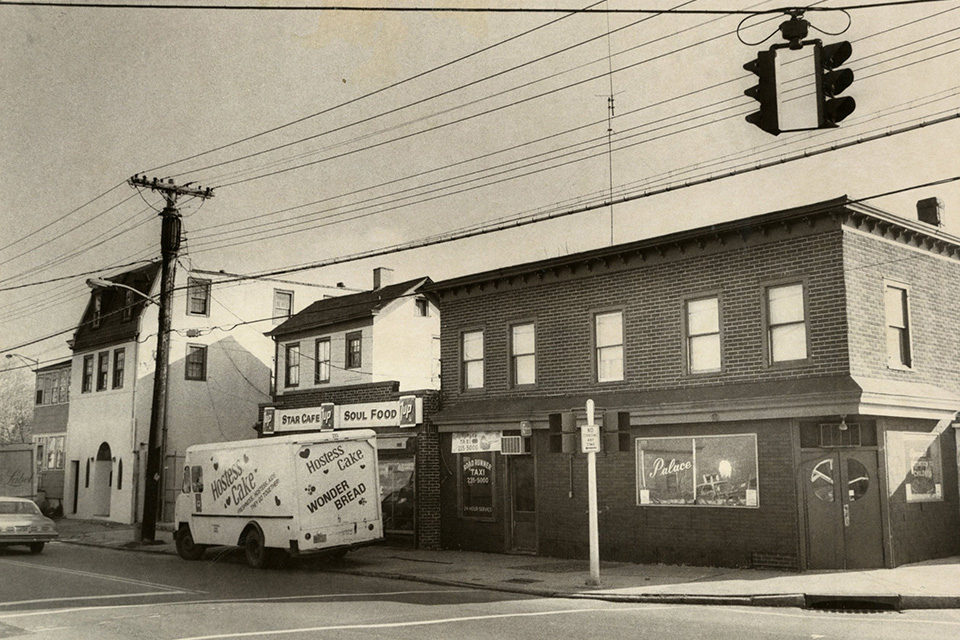Throughlines
Spatial Nostalgia
 Lincoln Avenue Palace, New Rochelle, NY - Photo courtesy Harvard Graduate School of Design.
Lincoln Avenue Palace, New Rochelle, NY - Photo courtesy Harvard Graduate School of Design.
The word nostalgia, from Greek, was translated in the 18th century as “acute homesickness” or “homecoming.” In 1979, landscape architect Randy Hester described spatial nostalgia as “the charged scene, personally symbolic and perhaps sacred, [that] can bring tears of joy or sadness to our eyes for an entire lifetime.” For those cultural landscapes that no longer possess physical and tangible evidence of the past, however, how are memories visualized? Where is longing to be placed? Extant evidence of living and non-living landscape features can take many forms: a gravestone or burial marker, a century-old tree or remnant tree stump, the historic alignment or shape of a creek or pond, the remnants of a fence or hedgerow, a standing structure or even a remnant building foundation. All of these elements provide physical memory prompts or “portals” to past cultural lifeways, and when taken together -- and situated in their greater physical and historical contexts – they can provide a connection to place that transcends what is seen only in a glance.